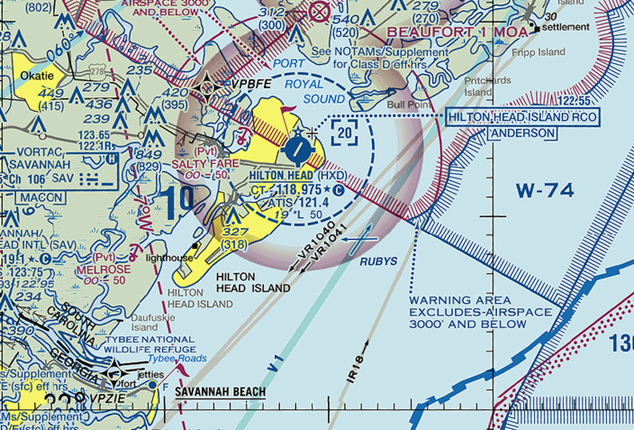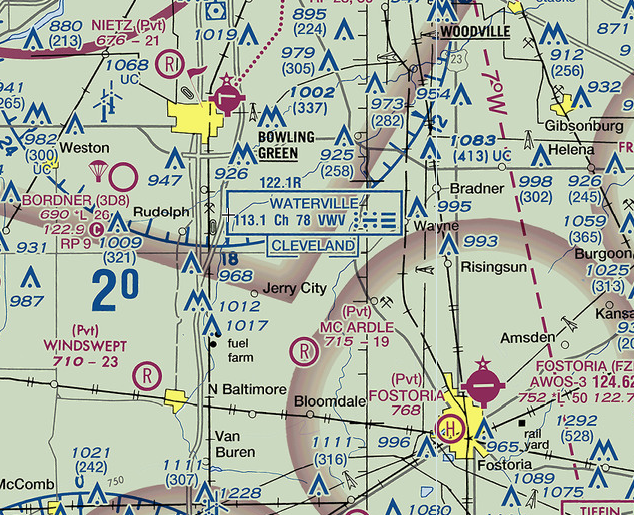Reporting PIREPs
Safety Spotlight: Sky Spotter

PIREPs can be given to flight service, AWC, or ATC.
- Flight Service
- When you give a PIREP to flight service, it is immediately made available to other pilots getting weather briefings or requesting PIREPs.
- ATC
- PIREPs submitted to ATC can quickly be given to other pilots on the frequency. If you encounter severe or unforecast conditions, let ATC know.
- When contacting ATC to give a PIREP, state the name of the facility you’re calling, your aircraft identification, and instead of the standard “with request,” prepare ATC to accept your report by saying “with pilot report.” For example: Minneapolis Center, Cherokee Six-One-Niner-Lima, with pilot report.
- If you don’t see your PIREP pop up in the system, that doesn’t mean that it wasn’t helpful!
- AWC
- You can submit PIREPs to AWC when you are logged in on the website.
If you don’t see your PIREP pop up in the system, that doesn’t mean that it wasn’t helpful!
Tip: Mandatory Reports Under IFR: FAR 91.183(b) requires pilots operating under instrument flight rules to report any unforecast weather conditions they encounter.
Ask ATC: Filing a PIREP with ATC
In this video, air traffic controllers share why the PIREP information is more important than the format.
Contacting Flight Service
There are several ways to contact flight service while airborne. You can call on a single frequency, use a remote communications outlet (RCO) or listen over a VOR frequency. When making your initial call, be sure to include the frequency you’re receiving on and your location.
Single Frequency
Using a single frequency to contact flight service is easy. To locate frequencies along your route of flight, check aeronautical charts or the Chart Supplement.
Tip: Remember that VHF radios are line-of-sight, so you may need to get higher than traffic pattern altitude to talk to flight service.
Using an RCO
Remote communications outlets (RCOs) are used to extend the communication reach of flight service. RCOs use a single communication frequency. The frequencies are shown on aeronautical charts and in the Chart Supplement.

Here’s what you would say to contact flight service via the Hilton Head Island RCO.
Pilot: Anderson Radio, Cirrus 871LB, receiving Hilton Head, 122.55, with a pilot report.
Listening over a VOR
In many places, contacting flight service via a single frequency is not possible. In these areas, it’s necessary to call flight service on a communication frequency and listen over a navigation frequency.

Here’s how you would contact flight service using the Waterville VOR.
- Tune 113.1 in the nav radio. Make sure the volume is turned up, just like when you listen for the VOR station identifier.
- Tune 122.1 in the comm radio and make your initial call: Cleveland Radio, Cherokee 549BP, receiving Waterville VOR, with a pilot report.
- Listen for a response from flight service over the VOR frequency, 113.1.
Note: When listed after a frequency, the letter R stands for “receive only.” In this case, it indicates that flight service can only receive on 122.1; they must transmit to you over 113.1.
Initial Contact When Your Transmitting and Receiving Frequencies are Different
- If you are attempting to establish contact with a ground station, and you are receiving on a different frequency than that transmitted, indicate the VOR name or the frequency on which you expect a reply. Most flight service stations and control facilities can transmit on several VOR stations in the area. Use the appropriate flight service station name as indicated on charts. For example: New York Flight Service transmits on the Kennedy, the Hampton, and the Calverton VORTACs. If you are in the Calverton area, your call-up should be “New York Radio, Cessna Three One Six Zero Foxtrot, receiving Calverton V-O-R, over.”
- If the chart indicates flight service frequencies above the VORTAC or in the flight service communications boxes, transmit or receive on those frequencies nearest your location.
Other Options
If you’re too busy to give a PIREP in the air, jot down some quick notes and give flight service a call when you get on the ground. You can always contact flight service at 1-800-WX-BRIEF (1-800-992-7433) or submit a PIREP online.